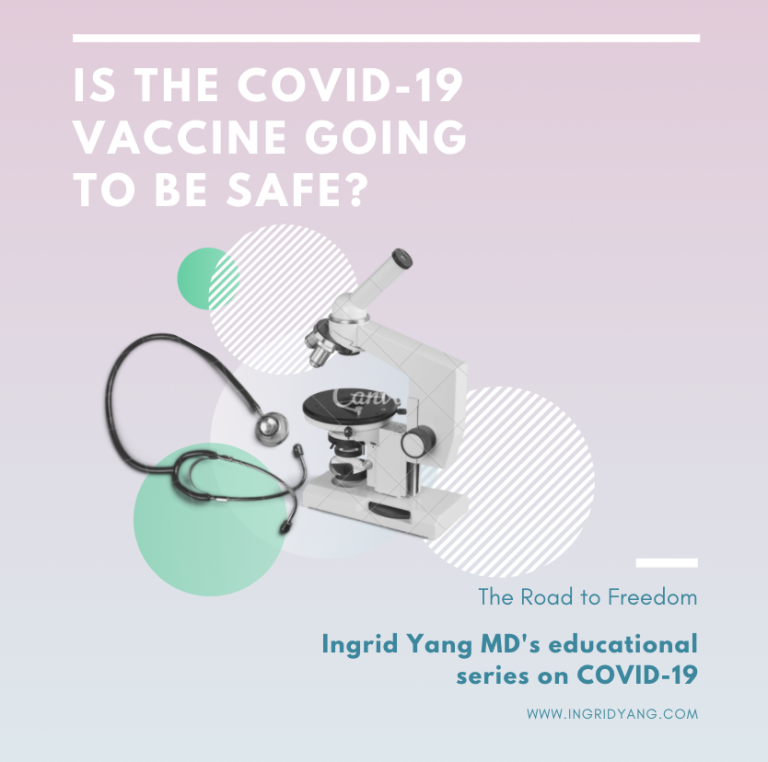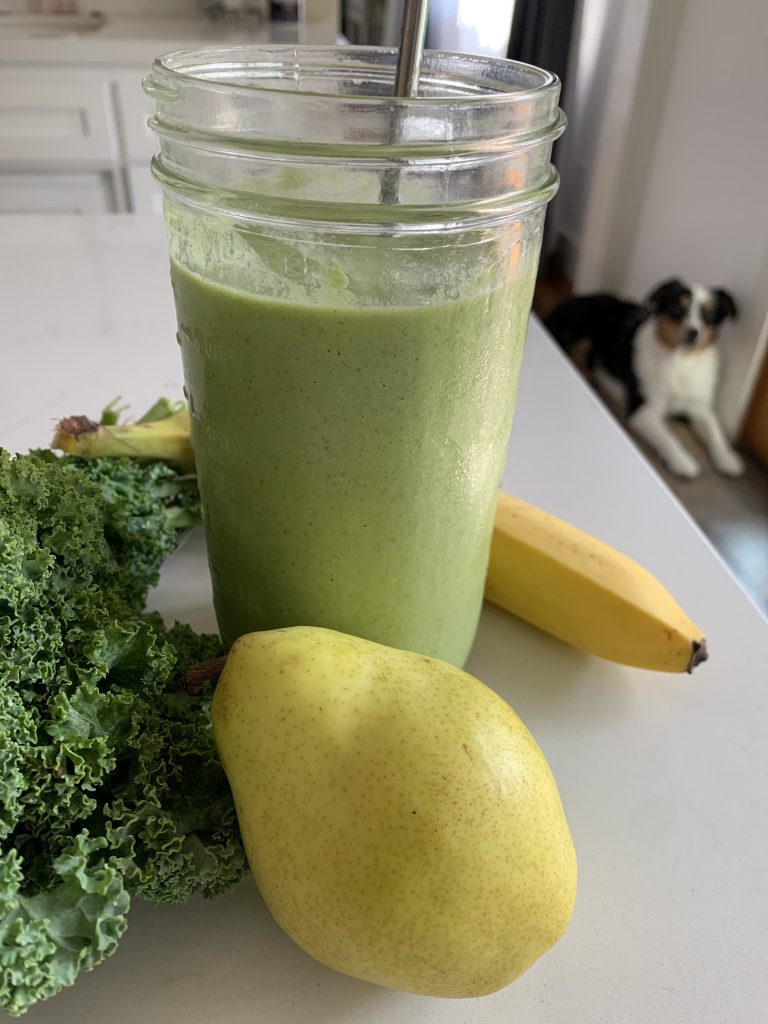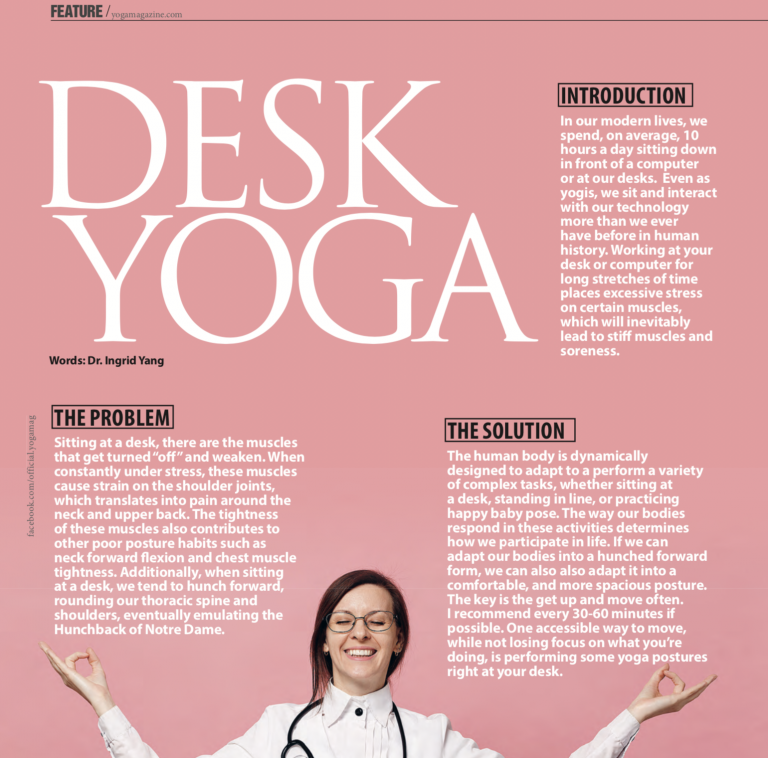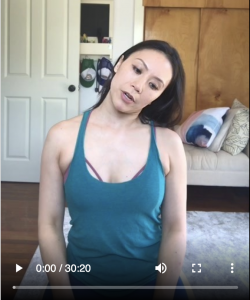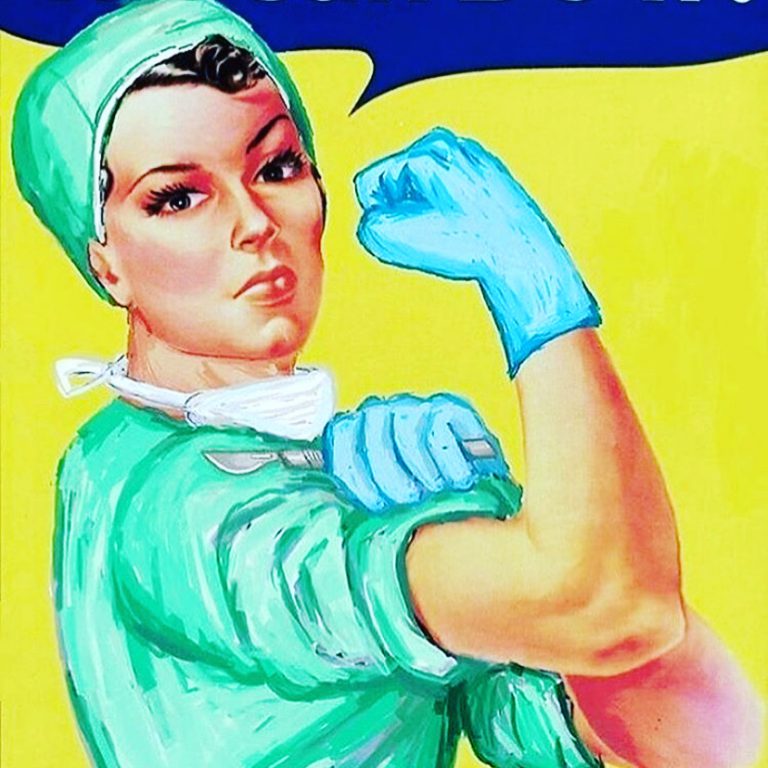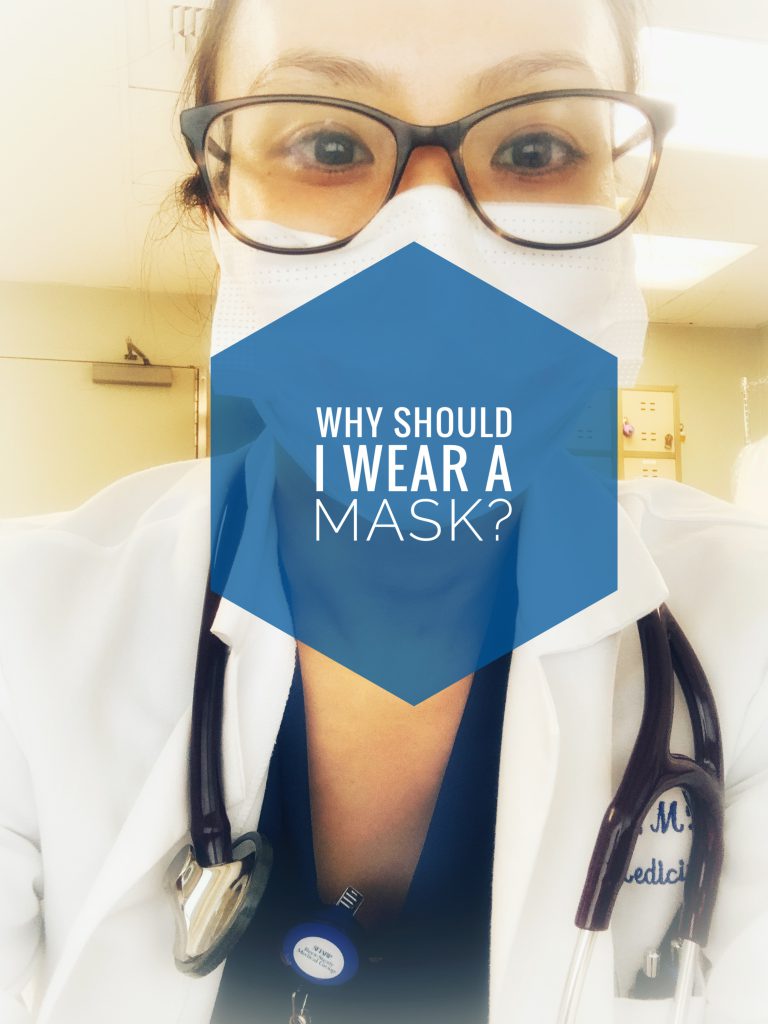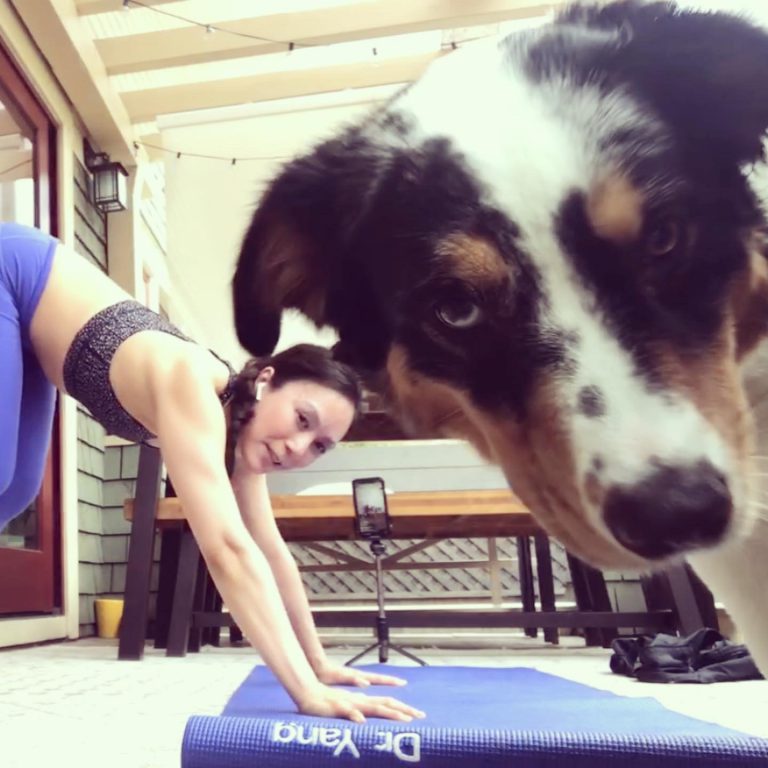See my feature in The Official Yoga Therapy blog regarding how yoga therapy can help Parkinson’s at any stage of the disease.
_______
Parkinson’s disease (PD) is a progressive neurodegenerative condition that affects more than 1 million people in North America alone. After Alzheimer’s disease, PD is the second most common neurodegenerative disease.
As with other chronic (long-term) conditions for which a cure does not yet exist, yoga therapy has a lot to offer those with PD. Yogic tools can complement the most commonly available Western approaches, such as prescription medication and physical therapy. When used carefully and through a therapeutic lens, they can also bring a welcome element of self-agency to healthcare for PD—that is, people can take concrete steps to affect their own well-being.

Photo by Nathan Dumlao.
Regular exercise is especially valuable for those with PD because the disease tends to progressively worsen mobility. Specifically, the physical aspects of yoga can assist in improving the rigidity and flexed (rounded forward) posture that are hallmarks of this disease; the practice may also improve joint pain, motor task function, and even some non-motor symptoms. Yoga can lend a sense of control over the physical aspects of PD, even if someone never engaged in physical activity in the past. Working with a yoga therapist or joining Parkinson’s-specific yoga groups may be a good way to get started.
Improved mobility
Characteristic symptoms of Parkinson’s include stooped posture and shuffling gait, which increase the risk of falling. Mobility and balance are important components of yoga and can help to decrease fall risk.
As explained in my book, Adaptive Yoga, standing poses for Parkinson’s can assist in improving overall stability.* Research has also shown that one-legged postures can decrease fear of falling and allow those with PD to remain active in their communities. Postures like warrior (virabhadrasana) I and II (wide lunges) and tree (vrksasana, with toes remaining on the ground) may be particularly beneficial for improving balance, stability, and confidence.
 THINK BIG!
THINK BIG!
Therapies for Parkinson’s often involve the guiding principle of moving the whole body in a BIG way. Because gestures and actions become smaller and slower as the disease progresses, learning to make larger movements can help. These exaggerated movements may seem too big at first, but they are actually teaching individuals with Parkinson’s to make regular-sized movements. Standing postures such as five-pointed star (utthita tadasana, arms and legs reaching wide as at left) and fierce angle (utkata konasana, a wide squat as at right) may be particularly beneficial when thinking big!
Improved flexibility
Rigidity is another hallmark of PD, and stiff, inflexible muscles can significantly affect the ability to take care of routine tasks. A therapeutic yoga program may help: Research shows improvements in flexibility and range of motion of the shoulder, hip, and spine in individuals with PD who practice yoga.
An exaggerated kyphosis of the upper spine (stooped posture) is also common in those with PD. Yoga supports an upright posture by improving shoulder and spinal flexibility. Postures that extend the spine, such as mountain (tadasana, standing tall), fish (matsyasana, an upper backbend), and locust (shalabhasana, full spinal extension) could be particularly beneficial in preventing stooped posture from getting worse—or perhaps even reversing it.
Peace of mind
Yoga therapy can support those with Parkinson’s in many ways, perhaps most importantly by promoting connectedness and mindfulness. Regardless of the stage of PD, yoga can provide a sense of purpose, hope, community support, and confidence.
The practice’s benefits transcend improvements in the physical body, enhancing the energetic body and allowing the practitioner to be present and open to each moment. Freedom in the heart and mind engenders freedom in the body, and within this freedom, the yogic path is revealed.
Ingrid Yang, MD, JD, C-IAYT, E-RYT 500, incorporates medicine into yoga and yoga into medicine. A hospitalist based in San Diego, she has been teaching yoga since 1999 and is the author of Hatha Yoga Asanas and Adaptive Yoga. Find her on Instagram.
*Specifically, targeting the hip extensors, knee extensors, and ankle plantar flexors when selecting standing poses may support the center of mass during walking, improving overall stability.
Please note that, like the other information provided on this site, this material is not intended or implied to be a substitute for professional medical advice, diagnosis, or treatment. You are encouraged to consult your personal physician with questions or concerns. If you are experiencing a medical emergency, please call 911 or the emergency services number in your area.

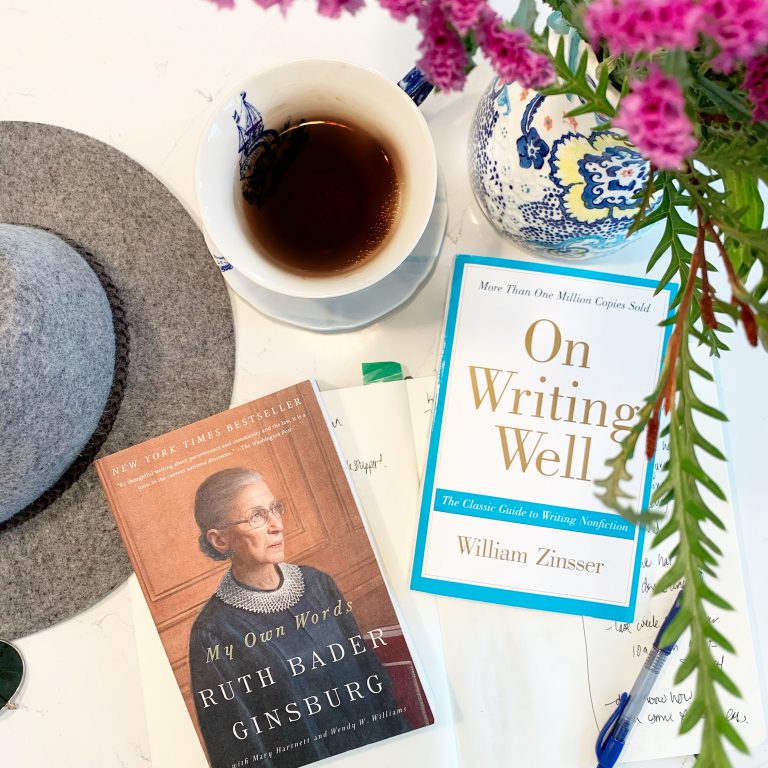
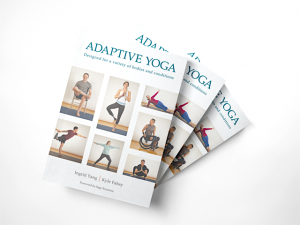
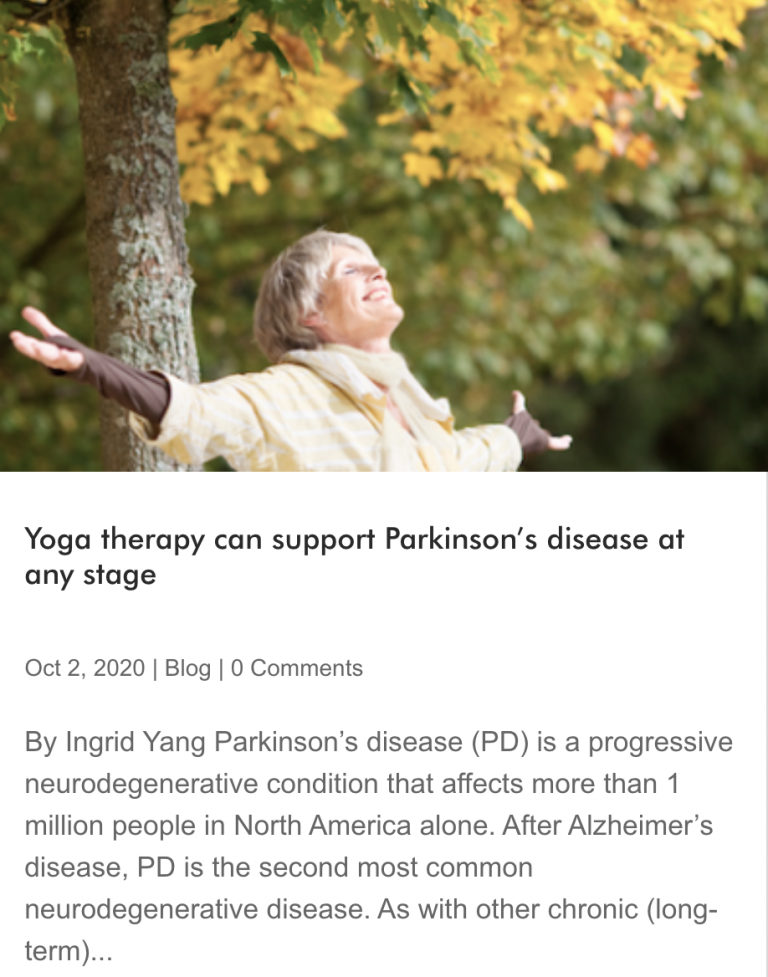

 THINK BIG!
THINK BIG!